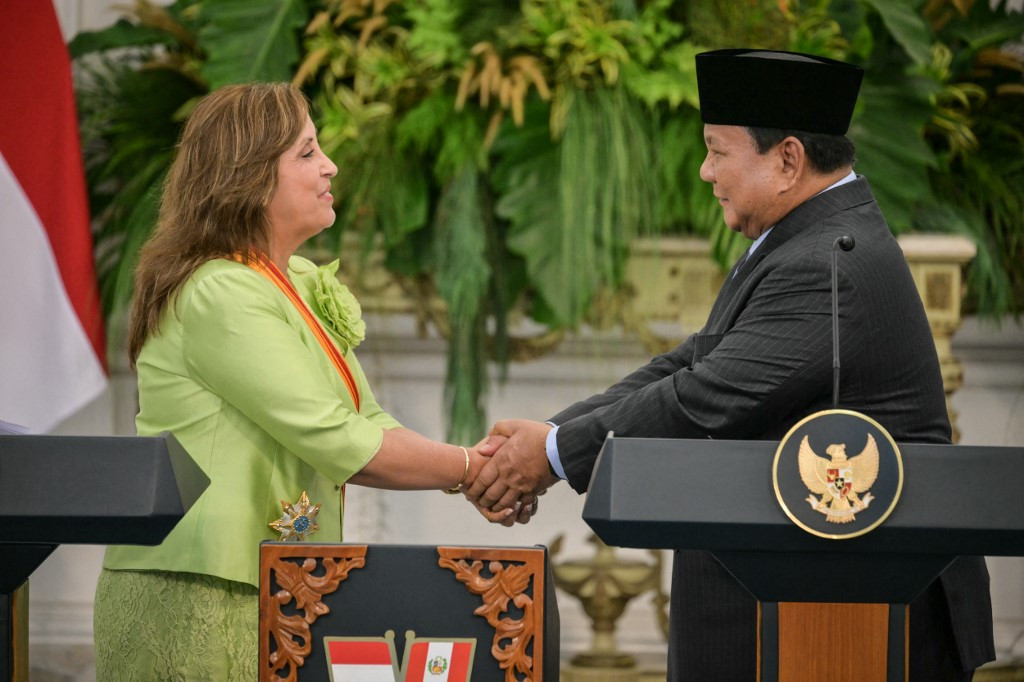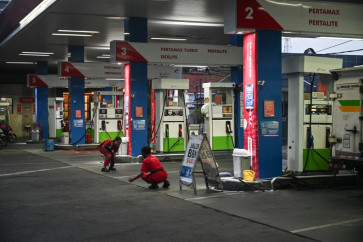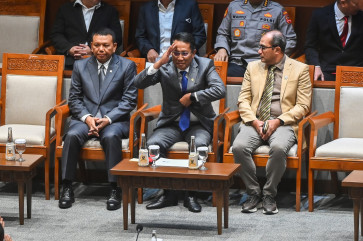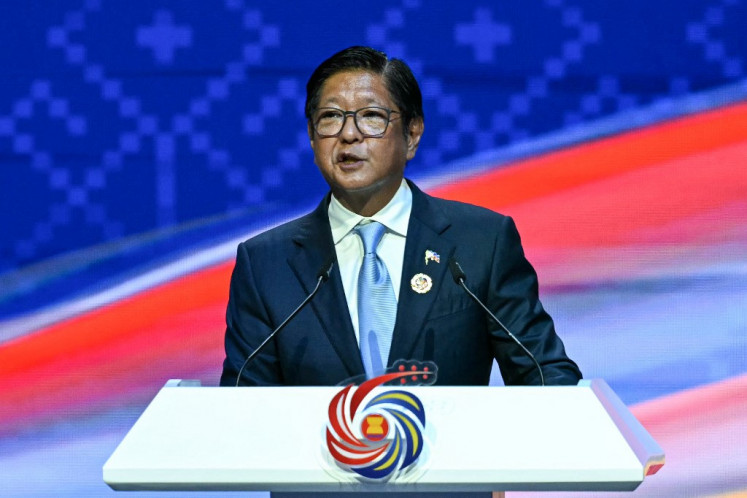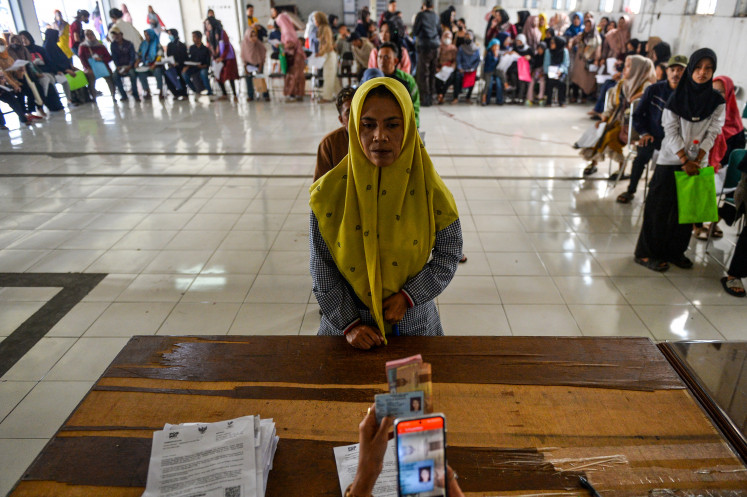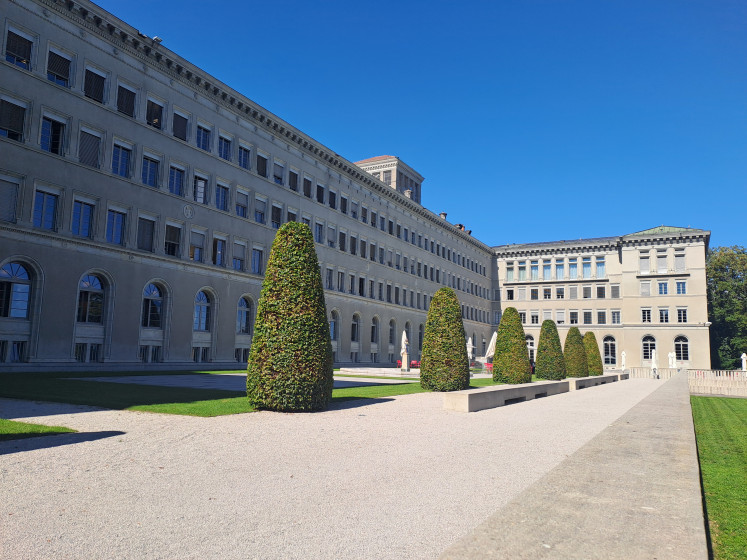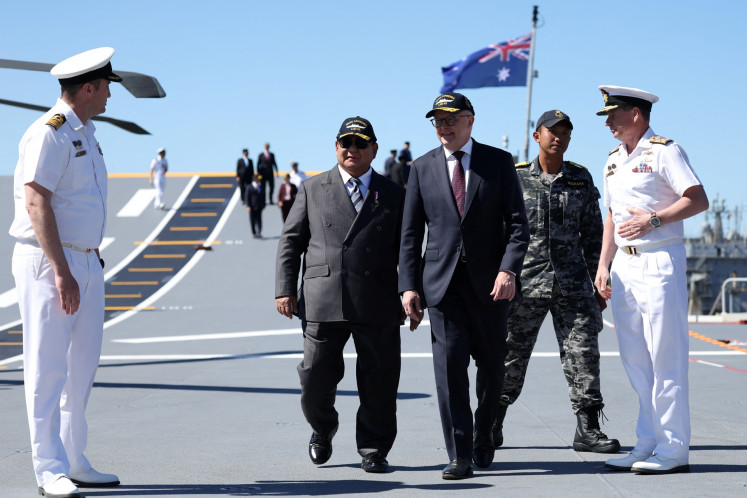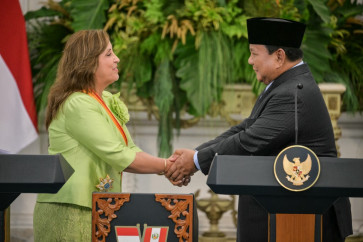Popular Reads
Top Results
Can't find what you're looking for?
View all search resultsPopular Reads
Top Results
Can't find what you're looking for?
View all search resultsIndonesia-Peru CEPA: Charting a new path across the Pacific
For Indonesia, Peru offers an important gateway to the Latin American market, particularly for tropical commodities such as coffee, spices and seafood.
Change text size
Gift Premium Articles
to Anyone
T
he state visit of Peruvian President Dina Boluarte to Jakarta on Aug. 11-12 marked a pivotal milestone in bilateral relations: the signing of the Comprehensive Economic Partnership Agreement (CEPA) between Indonesia and Peru. Concluded after an intensive 14-month negotiation process, the agreement aims to dismantle tariff and nontariff barriers, expand market access and enhance cooperation in agriculture, energy, defense and food security.
For Indonesia, Peru offers an important gateway to the Latin American market, particularly for tropical commodities such as coffee, spices and seafood. In turn, Peru stands to gain a strategic entry point into Southeast Asia for its agricultural exports, including high-value produce like blueberries.
Yet, while the promise of the CEPA is substantial, its success will not be automatic. The benefits of trade liberalization hinge on effective implementation, domestic capacity to compete and the ability to navigate complex logistics across vast oceanic distances. Without a coherent strategy, the CEPA risks becoming a ceremonial document rather than a transformative economic instrument. This article examines the agreement’s potential, the structural challenges it faces and the strategic measures required to ensure its outcomes are tangible and mutually beneficial.
Trade agreements such as the CEPA can be understood through the lens of comparative advantage theory (David Ricardo) and the new trade theory (Paul Krugman). Ricardo’s principle of comparative advantage posits that countries benefit most when they specialize in producing goods in which they have a relative efficiency, and trade for goods in which other nations have a comparative edge. Applied to Indonesia-Peru relations, this explains why Indonesia can focus on exporting tropical agricultural products and manufactured goods while Peru supplies temperate agricultural produce and mineral resources.
The new trade theory expands this view, recognizing the importance of economies of scale, product differentiation and strategic market positioning. In contemporary trade, competitiveness is shaped not merely by cost efficiency, but by innovation, branding and the ability to integrate into global value chains.
These theoretical perspectives suggest that the CEPA’s real impact will not stem solely from reduced tariffs. Gains will depend on the capacity of domestic industries to adapt, the quality of logistics infrastructure and the effectiveness of trade promotion strategies. Thus, while theory underscores the potential benefits, it also highlights that the pathway from agreement to economic growth is neither linear nor guaranteed.
From a practical standpoint, the Indonesia-Peru CEPA offers three primary opportunities.

